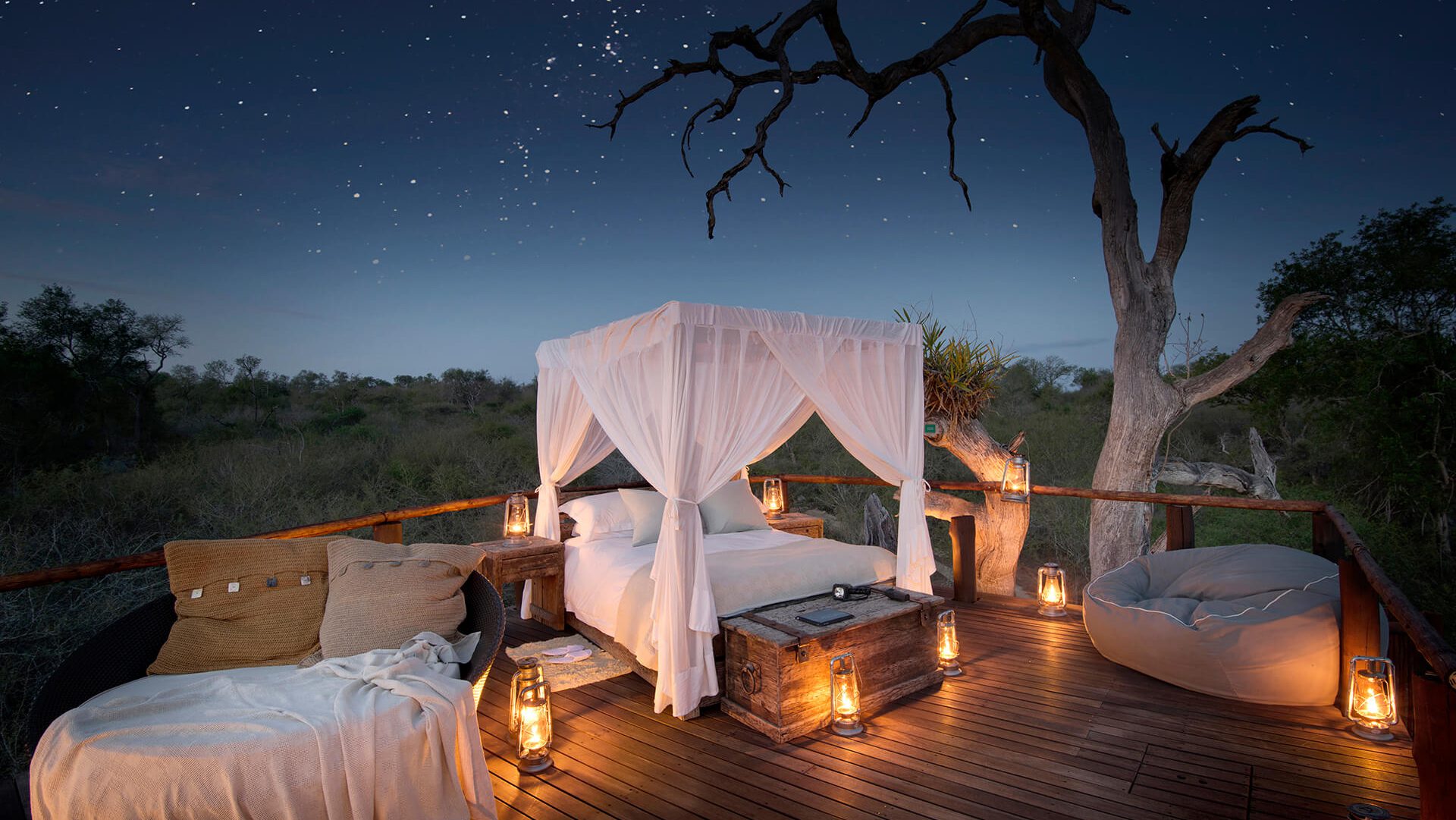Kruger National Park, situated in northeastern South Africa, is a testament to the nation’s commitment to safeguarding its rich wildlife heritage. Spanning over vast savannahs, woodlands, and riverine ecosystems, the park has become an iconic symbol of African wildlife conservation. Let’s take a journey back in time to explore the fascinating history of Kruger National Park and how it evolved into the world-renowned sanctuary it is today.
Initially established in 1898 to curb rampant poaching, the park has since grown in size and significance. Today, it stands as a model for sustainable conservation efforts, drawing visitors from across the globe to witness the unparalleled beauty of its landscapes and the incredible diversity of its flora and fauna. The park’s success story is not just about protecting wildlife; it’s about fostering a harmonious coexistence between humans and nature, creating a legacy that transcends generations.
In the late 1800s, Paul Kruger, the president of the South African Republic, recognized the urgency of preserving the country’s natural wonders. Realizing that the rapid expansion of civilization and uncontrolled hunting threatened wildlife populations, Kruger proposed the creation of a protected area where nature could thrive undisturbed.
In 1926, the Sabi Game Reserve merged with the Shingwedzi Game Reserve, and the park was officially named the Kruger National Park in honor of its visionary founder, Paul Kruger. The park encompassed a vast area of natural beauty, teeming with wildlife and natural wonders. The proclamation solidified its status as South Africa’s first national park.
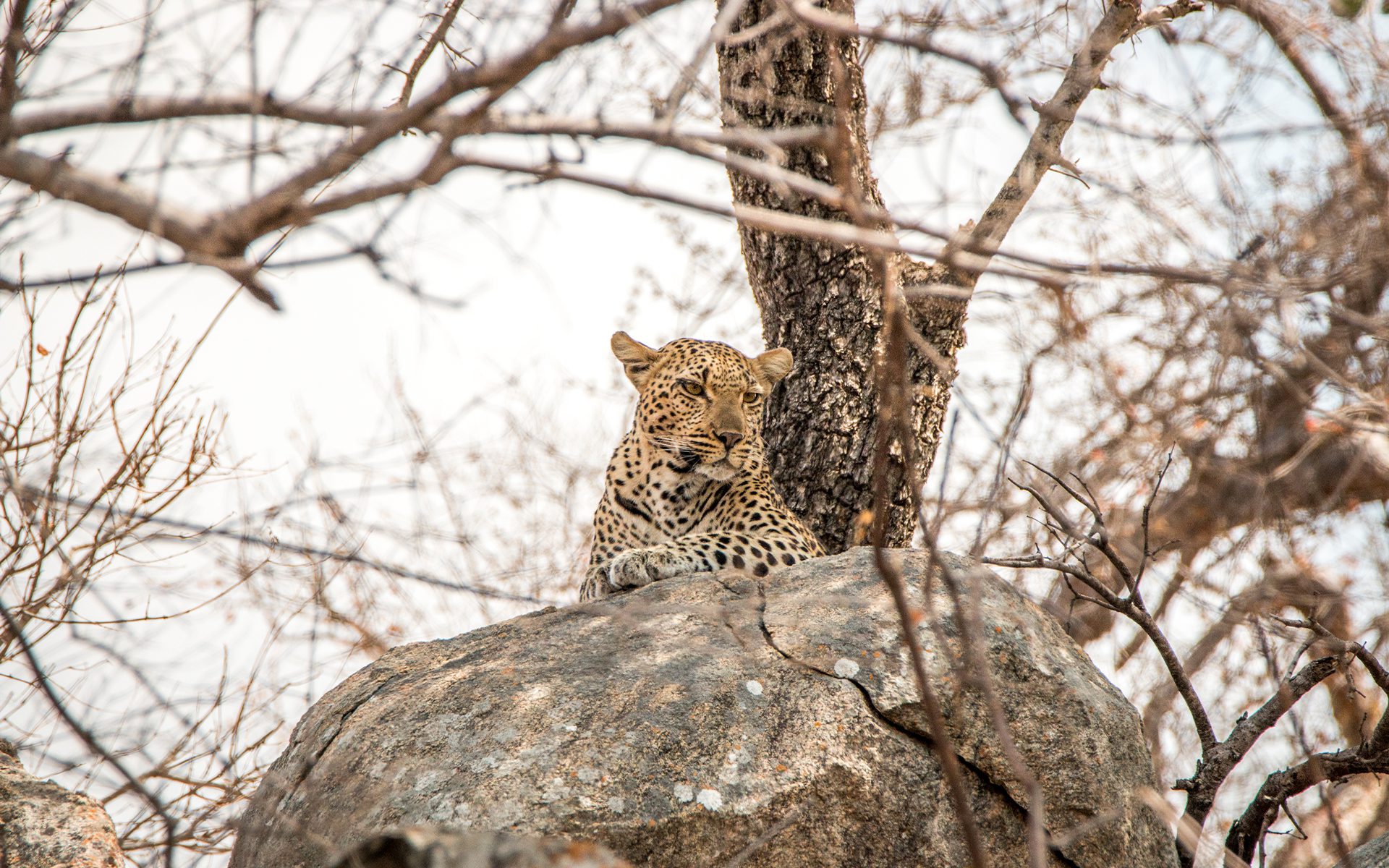
Over the decades, Kruger National Park has undergone significant growth and development. Its original boundaries expanded to include adjacent areas, resulting in a diverse array of habitats and ecosystems within the park. Modernization efforts have also been undertaken to enhance conservation efforts, ensuring the park remains at the forefront of wildlife protection and sustainable tourism.
Kruger National Park is a vast and diverse wildlife reserve located in northeastern South Africa. It is one of Africa’s most famous and revered national parks, drawing visitors from around the world with its incredible biodiversity and stunning landscapes. Covering an extensive area, the park provides a home to a remarkable array of plant and animal species, making it a paradise for wildlife enthusiasts and nature lovers.
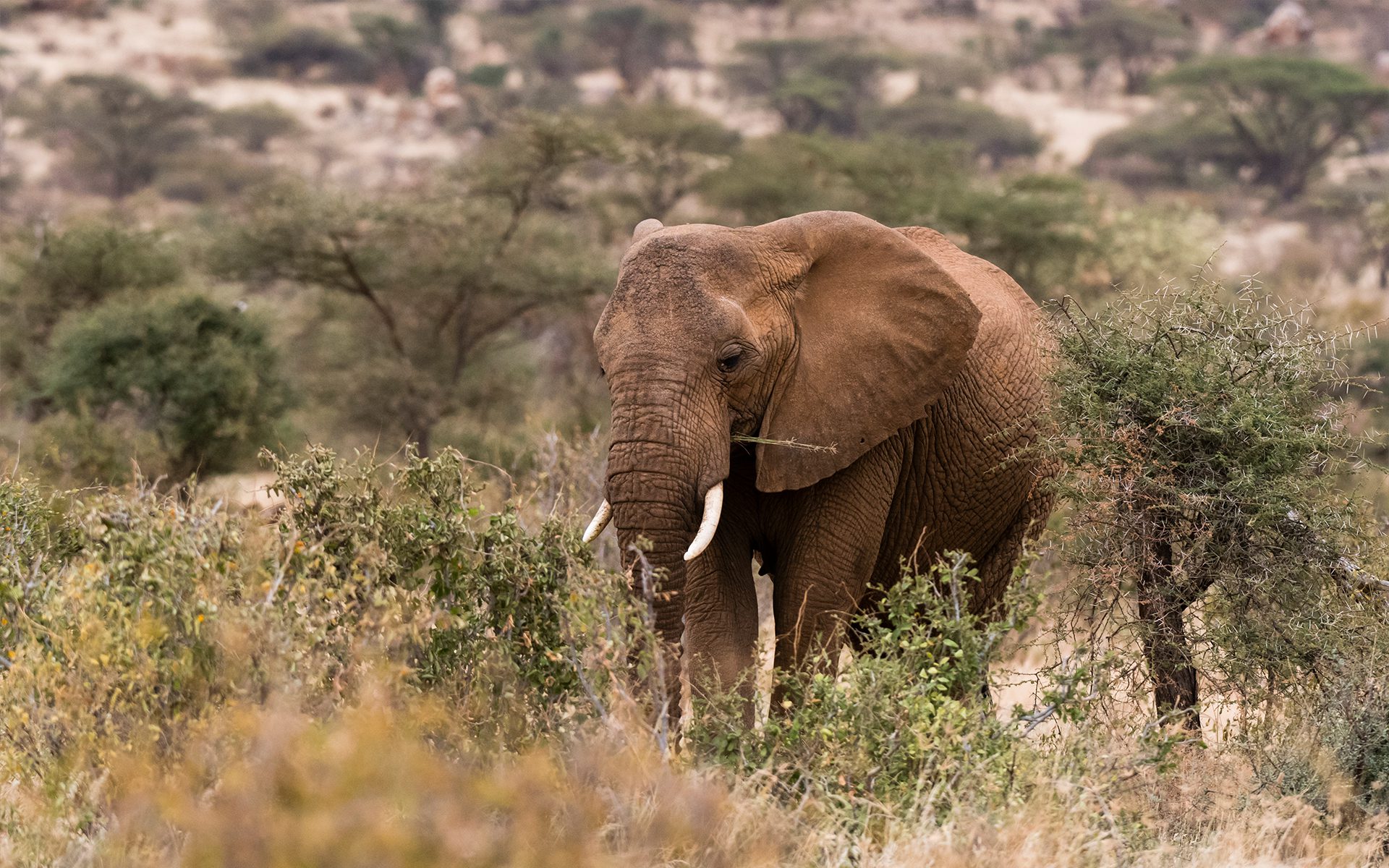
Today, Kruger National Park stands as a beacon of hope for African wildlife conservation. Its vast landscapes offer a sanctuary for an astonishing array of wildlife, including the iconic African Big Five (elephant, lion, leopard, buffalo, and rhinoceros), as well as countless other species of mammals, birds, and reptiles.
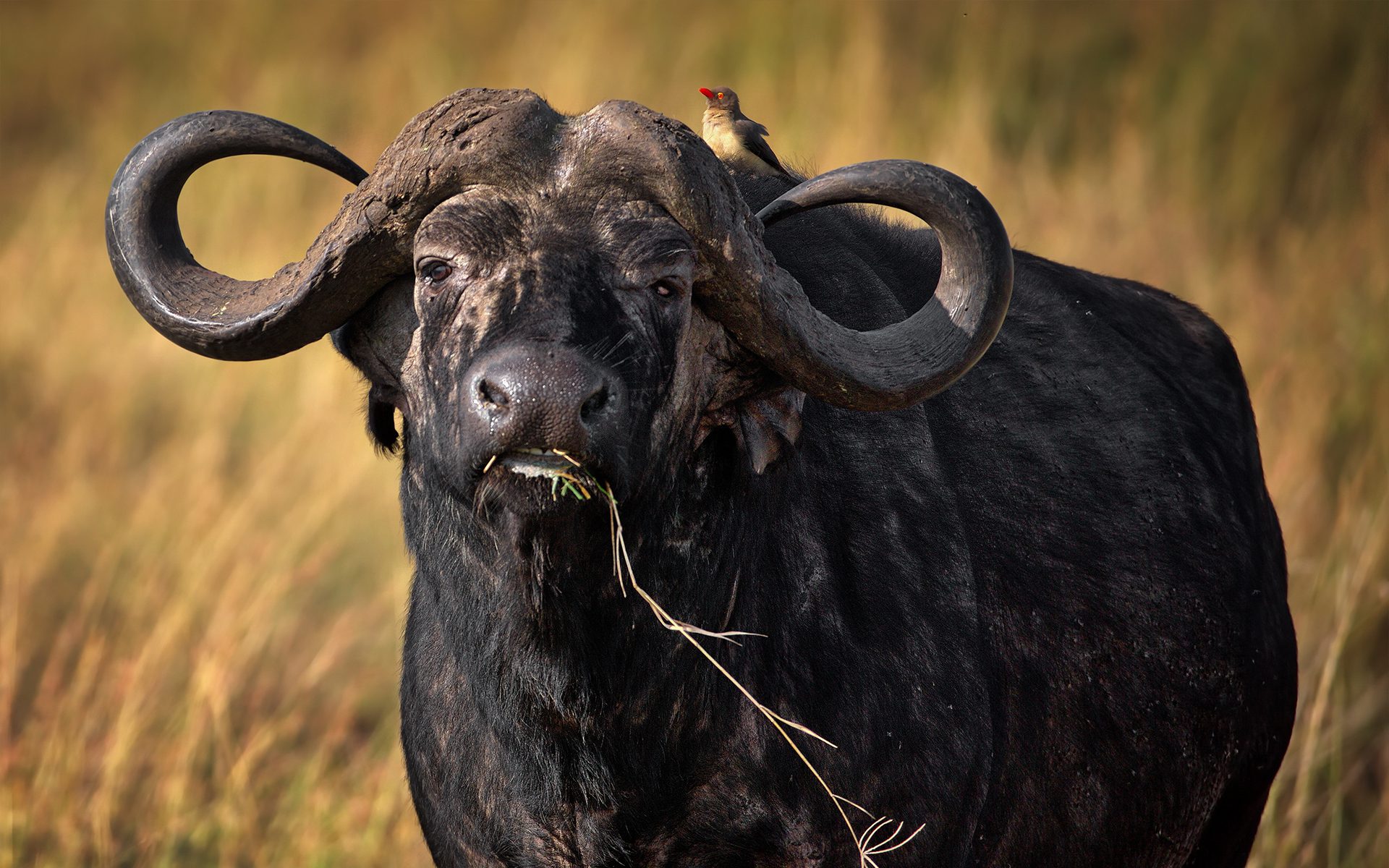
The park’s popularity as a top safari destination has driven the need for responsible tourism practices. Park management, along with local communities, actively participate in sustainable tourism initiatives, ensuring that the benefits of conservation extend beyond park boundaries, supporting livelihoods and fostering a sense of shared responsibility for preserving this natural treasure.
Kruger National Park has faced numerous challenges throughout its history. Poaching, human-wildlife conflicts, and habitat degradation have tested the park’s resilience. However, through dedication and collaboration, conservationists and park authorities have achieved remarkable successes in protecting endangered species and preserving the park’s ecological balance.
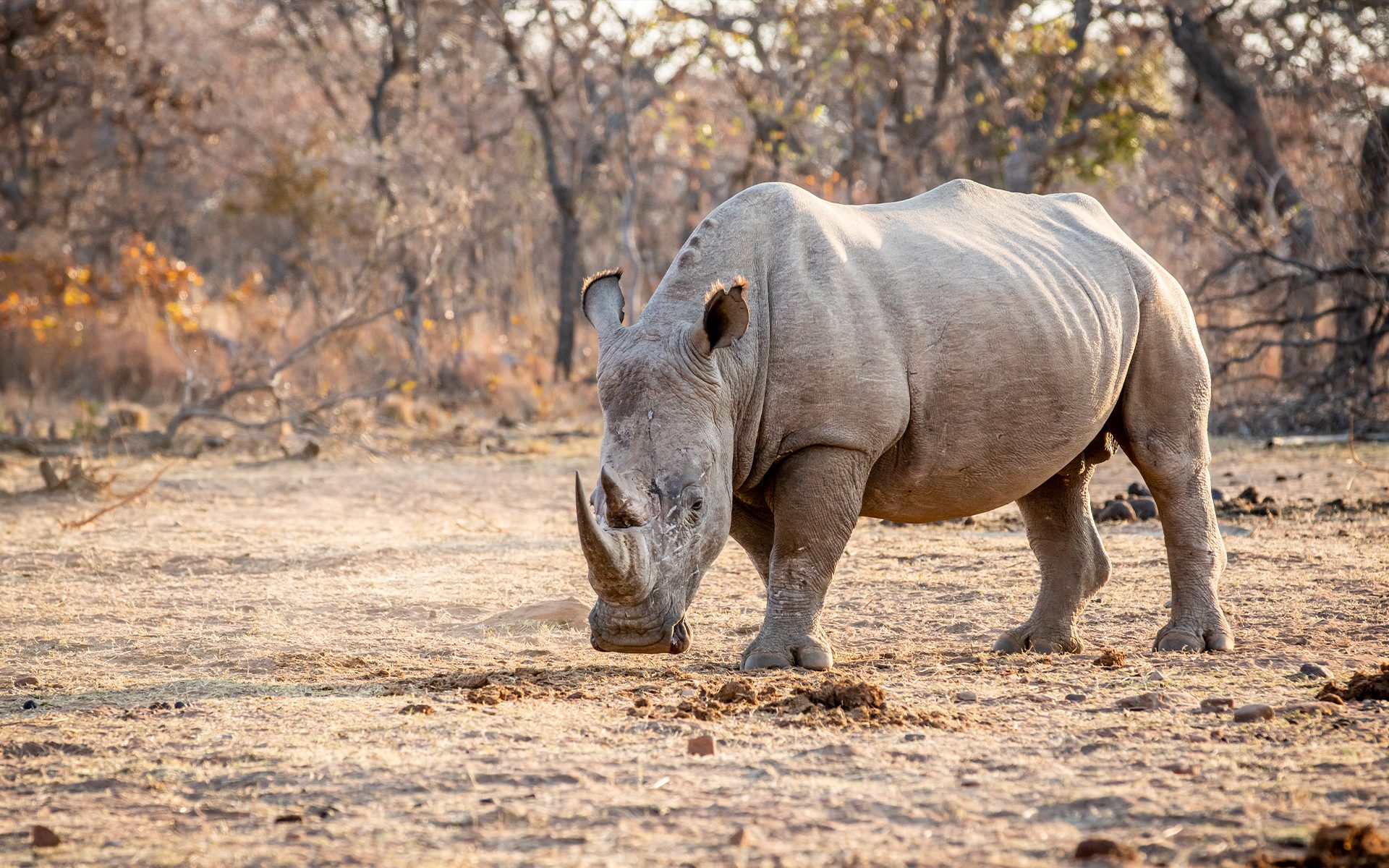
Today, Kruger National Park stands as a beacon of hope for African wildlife conservation. Its vast landscapes offer a sanctuary for an astonishing array of wildlife, including the iconic African Big Five (elephant, lion, leopard, buffalo, and rhinoceros), as well as countless other species of mammals, birds, and reptiles.
As we reflect on the history of Kruger National Park, we see a remarkable journey of conservation, from visionary dreams to a thriving haven for wildlife and nature enthusiasts alike. This iconic park’s story is a testament to the enduring value of protecting our natural heritage and embracing the responsibility to preserve it for future generations to come.
